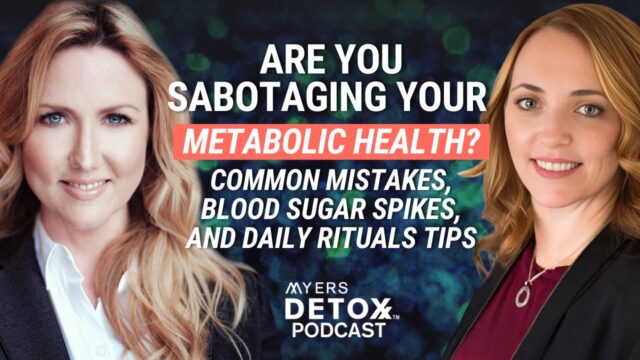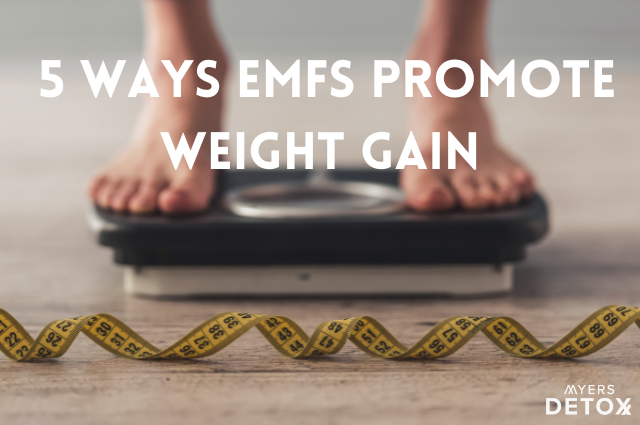During the summer you probably forget all about the colds, sore throats, and viruses that strike you and your family every winter. Why do people get sick more in the winter? It used to be thought it was from getting cold, lack of fresh air, or from being in closed buildings.
Many experts now believe people get sick in the winter from having low levels of vitamin D. That makes sense since most of the US population is lacking in this essential nutrient.
Vitamin D — What’s It Good For?
Vitamin D is technically not a vitamin, it’s a pre-hormone that’s created when your skin is exposed to sunlight. It’s the only human nutrient that’s created from sunlight.
Vitamin D is close to being nature’s cure-all. It’s a fantastic immune system booster. It’s been found to be protective against cancer, diabetes, heart disease, high blood pressure, osteoporosis, and Alzheimer’s.
Studies have shown it can lift your mood, banish depression, improve memory, and increase problem-solving ability. Inadequate levels may contribute to the depression many people feel in the winter.
Over 2,000 genes have vitamin D receptors. Lack of vitamin D can lead to cancer because without it, cells don’t get the message to stop reproducing.
Surprising Reasons You’re Probably Deficient
It’s estimated that 80-90% of adults in North America are not getting enough vitamin D. Getting 20 minutes of sun exposure on large surface areas of your body, such as arms or legs, twice a week is said to do the trick. But this must be without sunscreen, in the right latitude, and with the right UV radiation levels.
Here are some things that can interfere with vitamin D formation.
1. Sunscreen
Even if you are outside a lot when the sun is shining, wearing sunscreen prevents vitamin D formation. I live in southern Arizona where the sun shines intensely and I spend time outside every day. However, since I wear sunscreen I found that I was still vitamin D deficient! I now take a vitamin D supplement every day and wear sunscreen some, but not all of the time.
2. Latitude
If you live in the US draw a line from Los Angeles to Atlanta. If you live north of this line, the sun’s rays are too weak to trigger vitamin D production except during the summer.
Time for some fun science! Here’s a way to tell if the sun’s rays are strong enough to stimulate vitamin D formation. Go outside, stand in the sun, and look at your shadow. The more direct the sun’s rays are, the shorter your shadow will be.
A good rule of thumb is that if your shadow is your height or longer, the sun’s rays strike at too great an angle to promote vitamin D formation.
3. Skin Color
Our different skin tones evolved depending on how much sunshine our ancestors were exposed to. Light-skinned people from very northern areas evolved to utilize sunshine more efficiently. If you have dark skin, you need even more sun exposure to get adequate exposure levels, up to one hour a day.
4. UV Index
Just because the sun is shining doesn’t mean you’re producing vitamin D! UV index is affected by season, time of day, cloud cover, air pollution, altitude, and even your surrounding surface. Whether you’re outside in the snow, at the beach, or picnicking on a lawn can affect how much UV radiation is reflected back at you by up to 40 fold.
It is only when the UV index is greater than 3 that the needed UVB wavelengths are present in sufficient amounts. Check a site like Weather.com to find your current local UV index before you take a vitamin D “sun bath”.
The Next Step — Know Your Levels, Supplement Accordingly
Vitamin D deficiency symptoms — muscle pain, weak bones, low energy, lowered immunity, depression, mood swings, and sleep problems — can be mistaken for many other health problems.
The only way to know for sure if you need vitamin D supplementation is to have a blood test to check your 1, 25-hydroxy level. You can see your doctor to order the test or you can purchase a vitamin D test online.
If your level is found to be low, you may need to supplement. Learn exactly when you need to supplement in this article Why you may want to Stop taking Vitamin D.
There are five forms of vitamin D and most experts agree the most effective form is D3. Some foods, like milk, are fortified but with the D2 form which is not well utilized.
The D3 version is found in fatty fish, so eat your sardines! Cod liver oil offered great benefits to all our grandmothers.
When you choose a vitamin D supplement be sure to buy from a company you can trust. Last year a study on 55 brands of vitamin D supplements found they contained between 9% – 146% of what was listed on the label!
It’s not too late to start paying attention to your vitamin D levels to keep your immune system strong enough to stay well this winter. It is also one of the smartest things you can do to keep your brain in top working order to avoid feeling blue, lethargic, or depressed during the winter months.










